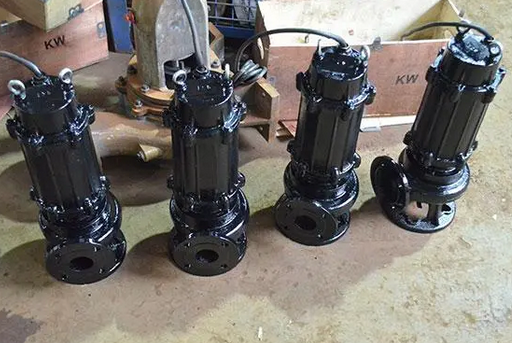Hardness standard of submersible pump shaft
The hardness standard of the submersible pump shaft is a relatively complex issue because it is affected by many factors, including material selection, heat treatment process, working environment, etc. The following is a detailed explanation of the hardness standard of the submersible pump shaft based on the existing information:
1. Overview of hardness standards
The hardness standard of the submersible pump shaft is usually achieved through tempering treatment (quenching + high temperature tempering) in the heat treatment process. The hardness range after tempering treatment will vary depending on the specific material, alloy element content and heat treatment process.
2. Specific hardness range
High carbon high alloy steel:
The maximum hardness after tempering treatment can reach HRC45~48. This high hardness is necessary for certain application scenarios that require high strength and wear resistance, but it should be noted that high hardness is not conducive to cutting.
45 steel and 40Cr steel:
The hardness of 45 steel tempered parts after quenching should reach HRC56~59, and the possibility of large cross-section is lower, but it cannot be lower than HRC48. This is to ensure that the workpiece is fully quenched to avoid the appearance of sorbite or even ferrite in the organization, thereby failing to achieve the purpose of tempering.
After quenching, 45 steel is tempered at high temperature. The heating temperature is usually 560600℃, and the hardness requirement is HRC2234. This hardness range is to obtain comprehensive mechanical properties, but the specific hardness requirements need to be adjusted according to the drawings or actual working conditions.
Multi-stage sewage and sewage submersible electric pump shaft:
In actual applications, the multi-stage sewage and sewage submersible electric pump shaft is required not only to have high strength, but also to have good wear resistance. Therefore, the hardness design requirements for the shaft after tempering are generally required to be between 241-286HBW. However, according to the test results, the surface hardness of the actual broken shaft sample is between 190HBW and the center hardness is between 215HBW, which does not meet the design requirements.
3. Influencing factors
Material selection: The hardness of submersible pump shafts of different materials will be different after quenching and tempering. High carbon and high alloy steels usually have higher hardness, while ordinary carbon steels are relatively low.
Heat treatment process: Quenching temperature and tempering temperature are key factors affecting the hardness of submersible pump shafts. The higher the quenching temperature, the higher the hardness after cooling; the higher the tempering temperature, the lower the hardness of the material.
Working environment: The submersible pump shaft will be affected by water flow impact, corrosion and other factors during operation, so its hardness design also needs to consider the impact of these factors on material properties.

Please note that the above information is for reference only, and the specific hardness standard needs to be inquired and confirmed according to the product specification, design drawings or relevant standards.




